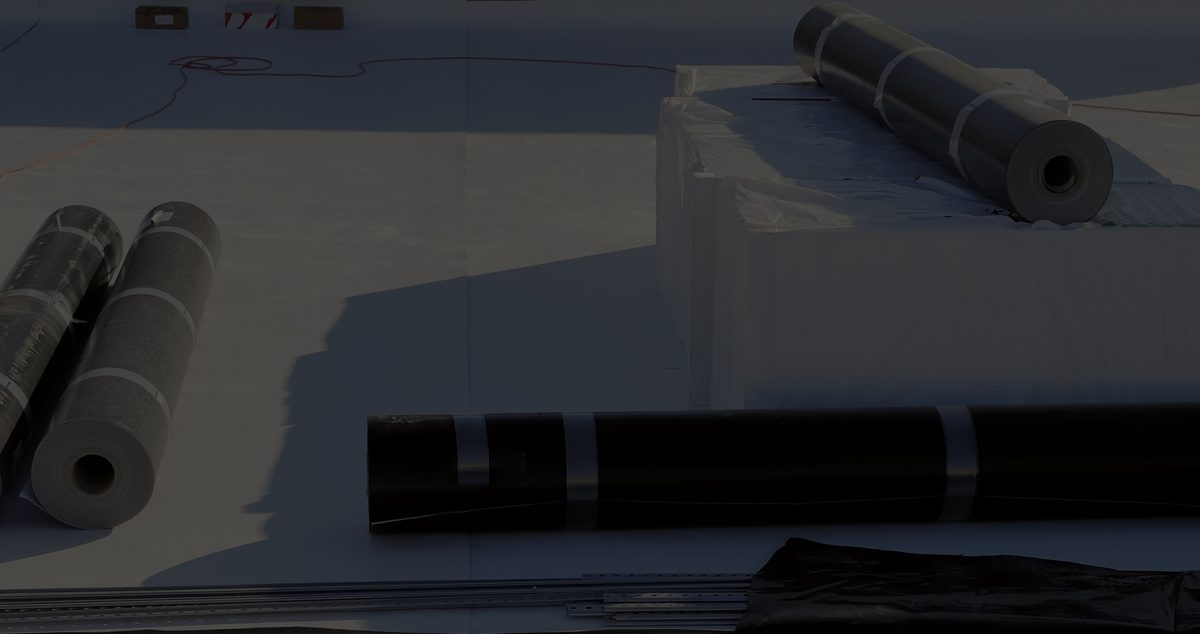Flat roofs are difficult to maintain because they don’t shed water the way a traditional sloped roof does. This means they need to be 100% watertight to be effective – it’s all or nothing. Flat roofs tend to cover the building’s insulation, so when leaks occur, the damage will spread throughout the roof system. Roof ponding, or excessive standing water, causes leaks, algae, bacteria and fungi growth and can lead to structural decay on underlying components. Bott Roofing specializes in high-quality options for flat roofs, because we know any margin of error is not acceptable.
Types of flat roofs:
- BUR
- Built Up Roofing multiple-ply’s of fiberglass asphalt saturated base felts with an asphalt covering and embedded gravel.
- MBR
- Modified Bitumen Roofing usually consists of a top-ply layer over a APP base sheet. These systems are either heat welded with an open flame torch or cold applied with emulsion asphalt. These are the most common types of roof seen in our area. They vary in appearance, most have a silver paint material over them.
- EPDM
- Ethylene Propylene Diene Terpolymer is a synthetic rubber, black in appearance. Often referred to as Rubber Roof –installed on larger commercial roofs. Often ballast rocks are placed on top of the rubber to hold the roof to the building. Also used in ponds in back yards.
- PVC
- Polyvinylchloride roofing is a single ply membrane which is used in flat roofs especially in the restaurant business where grease and animal by products can contaminate the roof. The older pvc roofs degrade by UV exposure. That makes them impossible to weld and service with OEM standards. The newer DuPont Elvaloy KEE resin modifier promises to solve that problem with increase durability.
- TPO
- Thermoplastic Polyolefin is a single-ply membrane with elastomeric polypropylene (PP), polyethylene (PE), Block Copolymer Polypropylene (BCPP) this is the most common and rapidly growing membrane in the industry. The membrane is commonly used in the manufacture of UV grade bumpers, dash boards, etc. in the auto industry. TPO is considered to be the best roof systems available at a reasonable cost.
Rubber membrane roofing options include:
- VersiGard EPDM Ballasted Roofing System
- A single-ply rubber membrane roofing system. Insulation and the Versigard membrane are loose-laid over the roof deck. Adjoining sheets of membrane are taped together at the seams and then covered with ballast (minimum 10lbs per sq. ft.).
- VersiGard EPDM Fully-Adhered Roofing System
- A single-ply rubber membrane roofing system. Insulation is attached to the roof deck using Versico’s Insulation Plates and Fasteners. Adhesive is applied to the insulation and the membrane is rolled in place. Sheets of membrane are seamed together.
- Versiweld TPO Fully-Adhered Roofing System
- A thermoplastic rubber membrane roofing system. Insulation is attached to the roof deck using Versico’s Insulation Plates and Fasteners. The insulation and the backside of the membrane are coated with Versiweld Bonding Adhesive. The membrane is then rolled in place and adjoining sheets are seamed together using an Automatic Hot Air Welding Machine.
- Versiweld TPO Mechanically-Attached Roofing System
- A thermoplastic rubber membrane roofing system. Insulation is attached to the roof deck using Versico’s Insulation Plates and Fasteners. Membrane is placed over the insulation and attached along the seams to the roof deck. Overlapped sheets are sealed using an Automatic Hot Air Welding Machine.
- VersiFlex PVC with KEE
-
Specifically designed for long term performance, this roofing system is highly resistant to fire and chemicals, including acids, bases, restaurant oils and grease.
